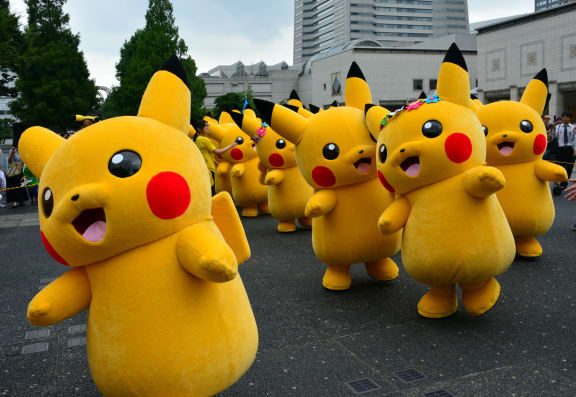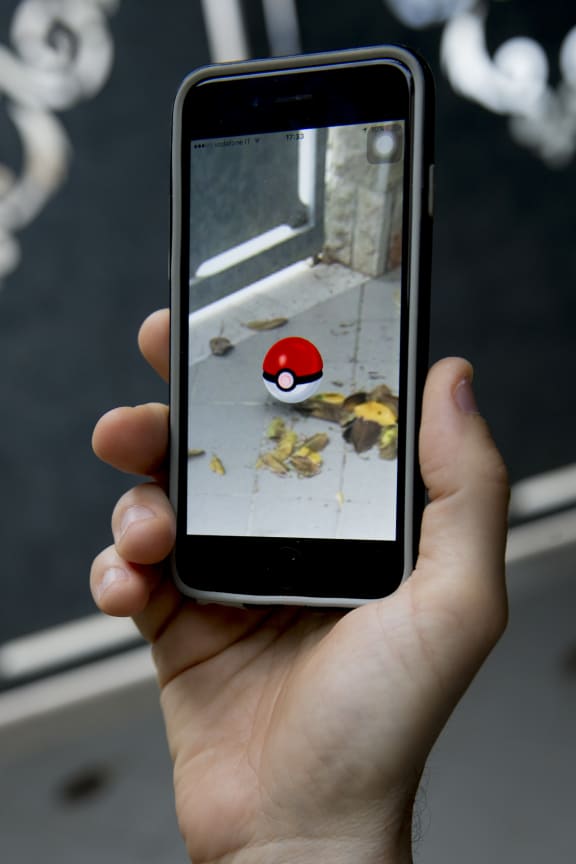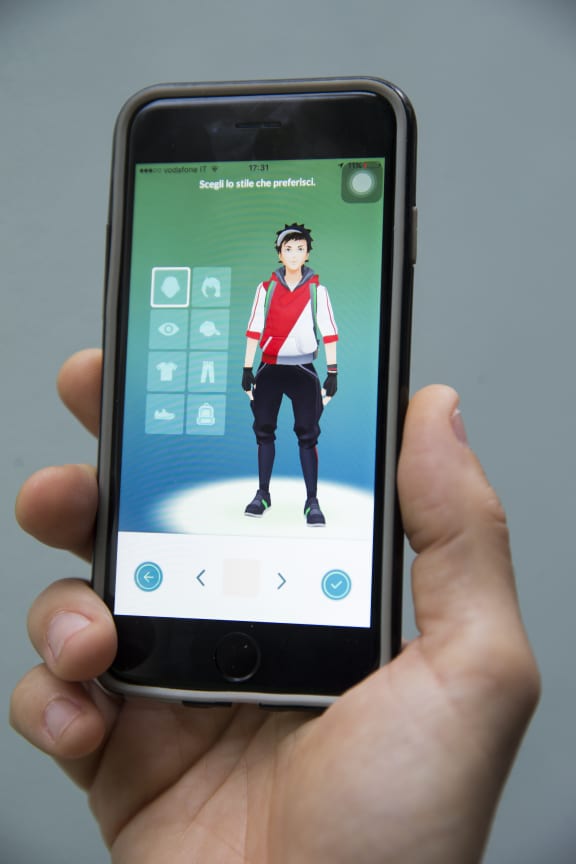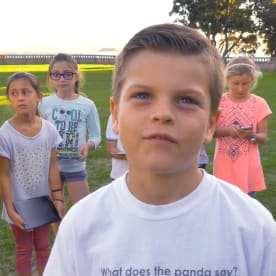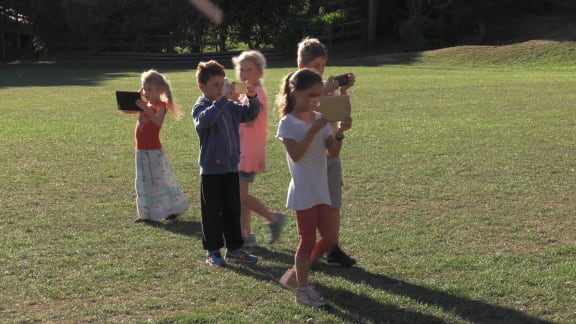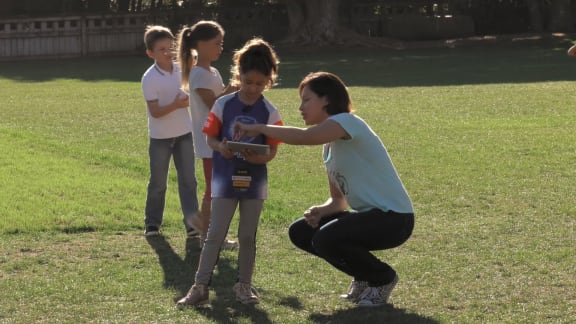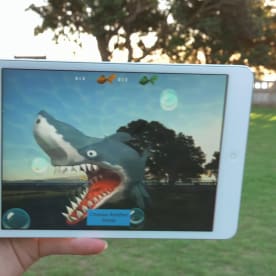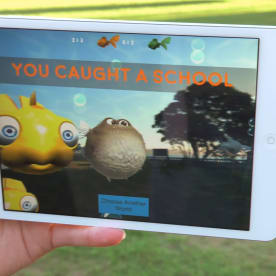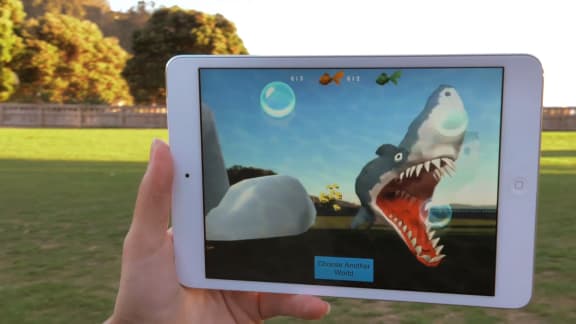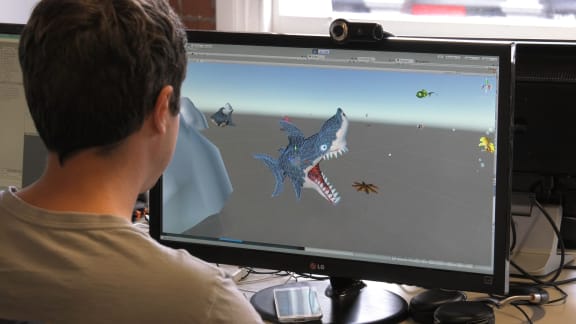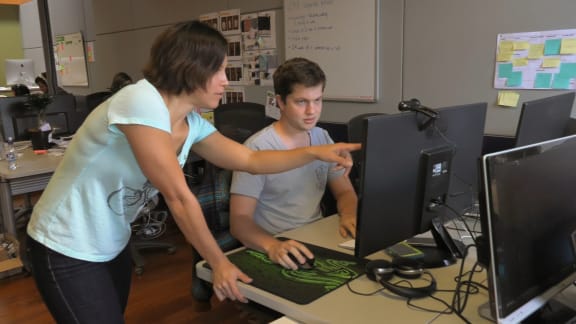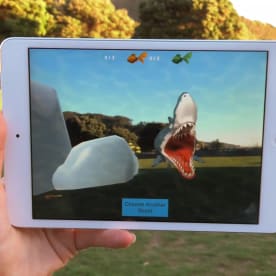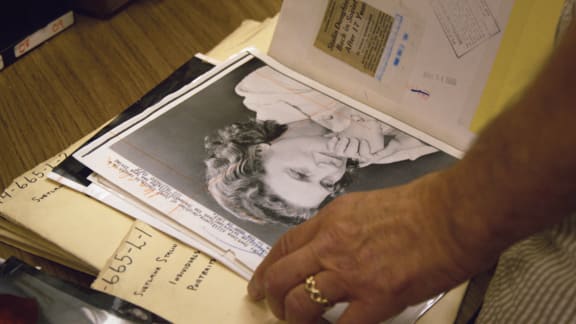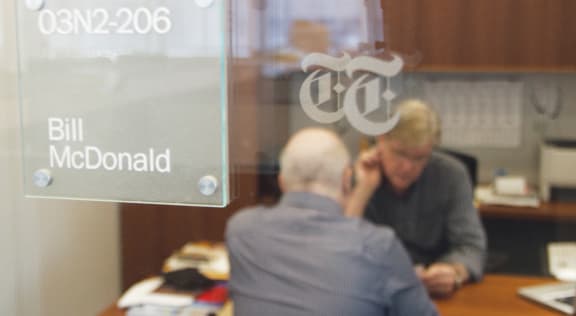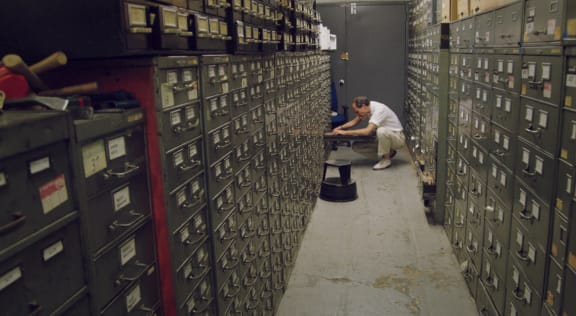This Way Up for Saturday 16 July 2016
- Pokemon Go takes over the world
- Have you heard 'the Hum'?
- Them knees do crack!
- Obituaries: a dying art
Pokemon Go takes over the world
Simon Morton meets the many people stumbling about as they play Pokemon Go, and tries to find out why this blockbuster app might change gaming forever from The New Yorker writer Om Malik.
I choose you Pikachu!
There's a visit to a digital playground in Wainuiomata to meet Melanie Langlotz from Geo AR Games who has developed a location based mobile game that, like Pokemon, mixes the real world and video gaming - the idea is to get kids off the couch and running around outside.
Konini Primary school in Wainuiomata trying out 'Shark In the Park'.
Then a Pokemon Hacker is tracked down who has discovered a way to cheat at the still bug-riddled game, and Peter Griffin our tech correspondent looks at the privacy and data security aspects of playing location based games.
Have you heard 'the Hum'?
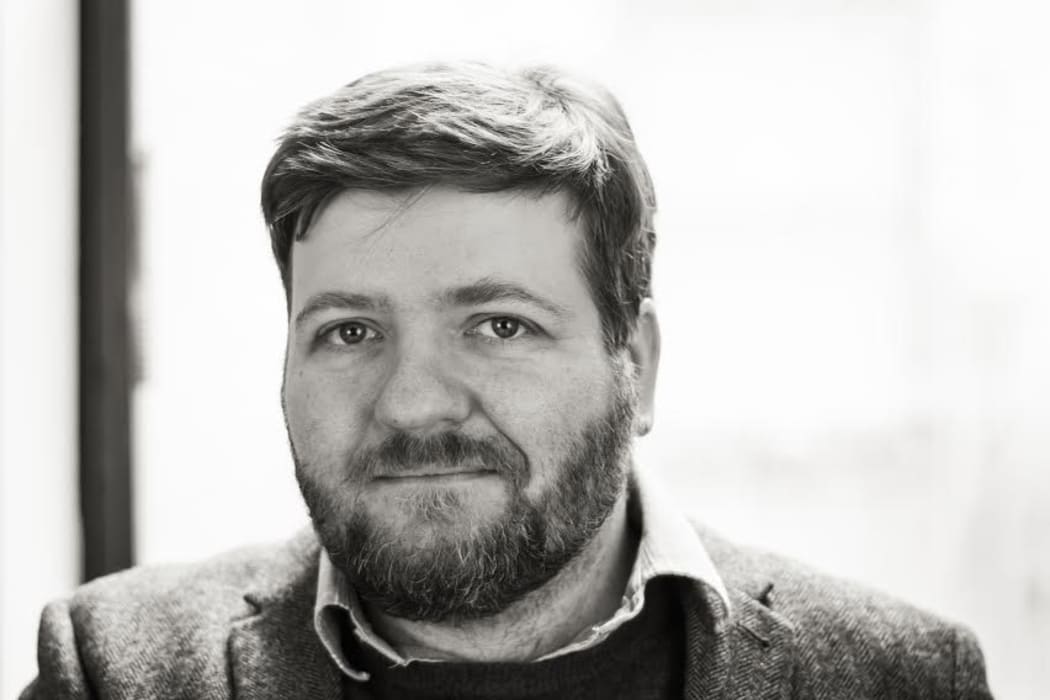
Colin Dickey. Photo: John Michael Kilbane
It's been described as "an anomalous sound heard around the world", a low frequency noise documented by thousands of people, including hundreds of reported cases here in NZ, since it was first identified in the 1970s. So have you ever heard 'the Hum'? Finding a legitimate source or logical explanation hasn't been easy; scientific studies so far are sketchy and people who don't hear it tend to dismiss it as tinnitus, or some kind of modern mass delusion, but for sufferers it's very real, affecting their sleep, and in some cases profoundly altering their lives, jobs and relationships. Colin Dickey wrote about the Hum for The New Republic and his book about haunted houses, Ghostland, comes out in October.
Them knees do crack!
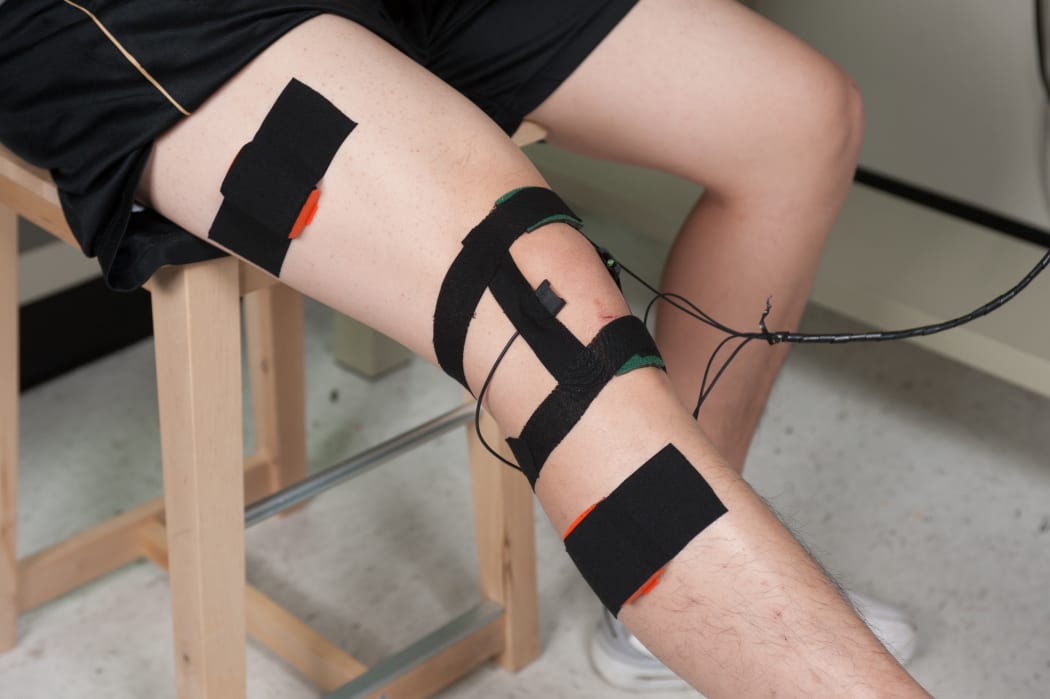
Noisy Knees Photo: Supplied
When you bend your knees, do you ever hear cracking and popping? Research engineers at the Georgia Institute of Technology have developed a knee brace that records the sounds inside your knee joint, and interpreting this sound, using machine learning the team is hoping to develop the technology to assist people rehabilitate from injury. Assistant Professor Omer Inan from Georgia Tech school of electrical and computer engineering explained how the sounds of bending knees can be recorded and analysed.
Obituaries: a dying art
Writing obituaries is a dying art. Memorialising the lives and the deaths of the rich and the famous tends to be done online, often in 140 characters or less. One place where the tradition and the art of obituary writing is being preserved is at The New York Times, where a dedicated team of journalists writes three or four obituaries every day. Vanessa Gould gives an inside look at life on The New York Times' obituaries desk in her documentary Obit which is screening at the New Zealand International Film Festival in Auckland, Dunedin, Christchurch, and Wellington.
